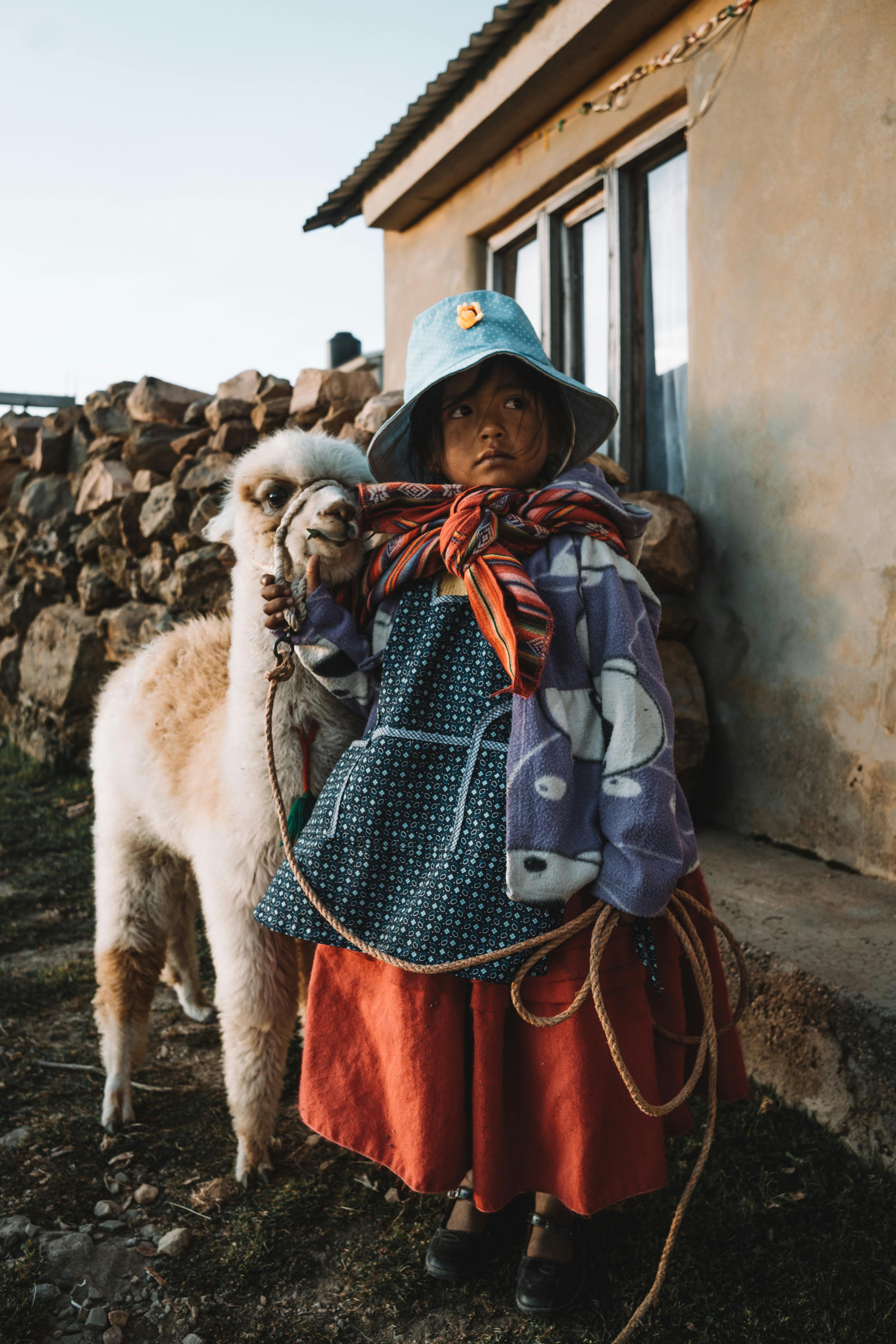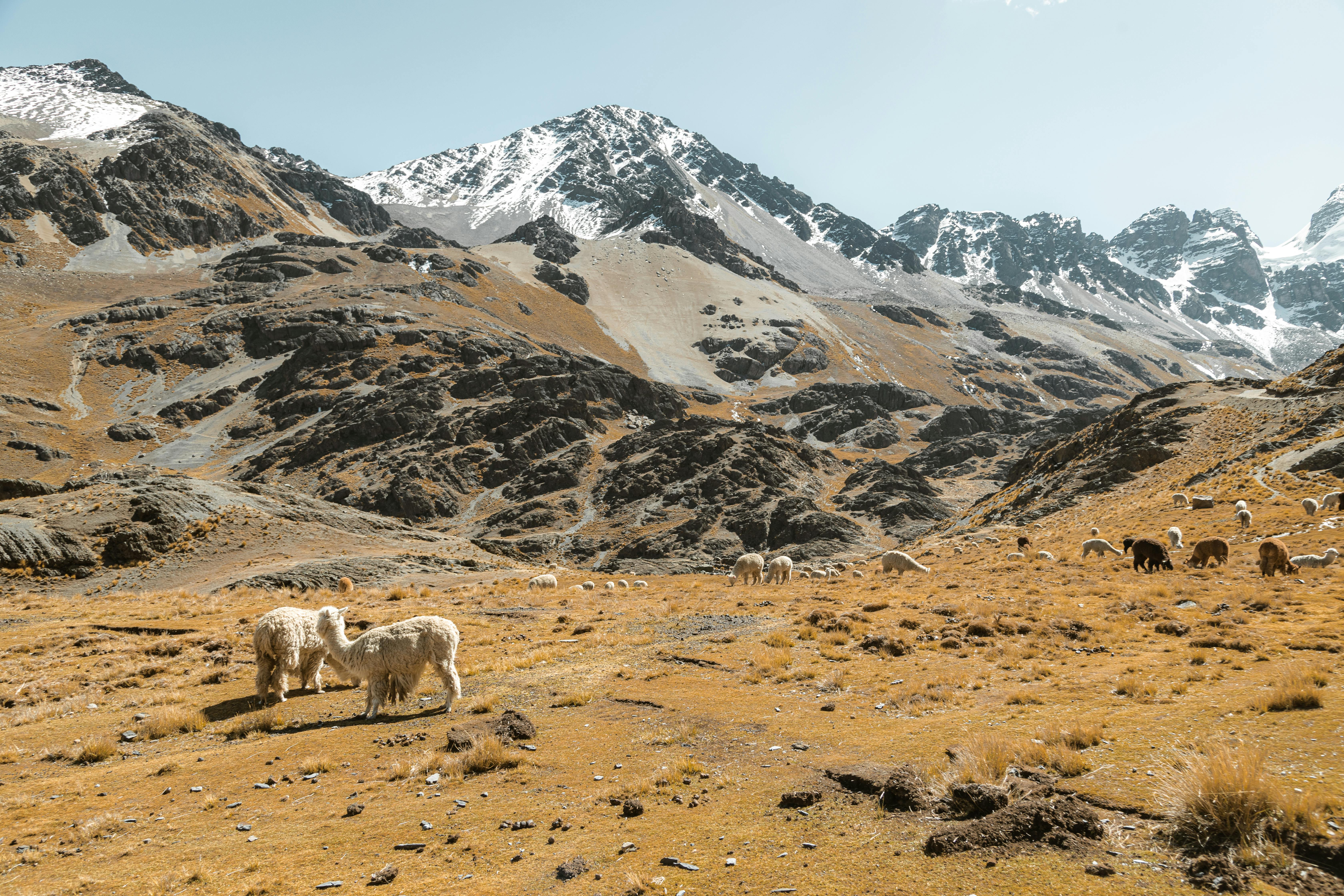How to Launch a Successful Agritourism Business in Bolivia
Let me take you back to the day when I first visited a family-run estancia along the rolling Andean foothills near Cochabamba. The memories? Still vivid. Roosters crowing at sunrise, earthy aromas wafting from the fresh-turned soil, and the laughter of travelers discovering—many for the first time—how quinoa is actually grown. That experience was more than a decade ago, yet it planted a seed in my thinking about rural tourism, land stewardship, and authentic connection between visitors and hosts. Fast-forward to today, and Bolivia is increasingly seen by both national entrepreneurs and global travelers as one of South America’s most exciting new agritourism frontiers1.
Agritourism in Bolivia isn’t just about showcasing crops or farm animals. It’s about sharing stories—of land, lineage, and culture—while building meaningful, viable businesses that thrive on genuine hospitality and hands-on learning.
But how does one actually get started? What legal and cultural landmines should you watch for? What makes a Bolivian agritourism project stand out with international travelers today? In this comprehensive guide, I’ll address those burning questions (and a few you might never have thought to ask)—using current stats, real local stories, and step-by-step planning moves I’ve seen succeed, and, at times, fail outright.
What Is Agritourism and Why Bolivia?
Ever wondered what makes agritourism different from your typical country B&B or adventure tour? In its most practical sense, agritourism combines the commercial activities of agriculture and tourist hospitality. That means inviting travelers to interact directly with local farming life—be it llama herding on the altiplano, artisanal cheese-making in Tarija, or learning traditional Andean weaving alongside a multi-generational Aymara family2.
But here’s what gets me: Bolivia, with its extreme geographic diversity (from amazonian jungles to arid uplands), is a perfect match for innovative, experience-driven rural tourism models. The country’s indigenous heritage and slow pace of rural modernization means there are still dozens—if not hundreds—of ways to deliver experiences global travelers simply cannot have anywhere else3.
Bolivia has more than 36 recognized indigenous groups, each with distinct agricultural traditions and culinary specialties. This diversity transforms every region into an agritourism microcosm—making no two experiences the same!
The Market Opportunity—and Hidden Challenges
Globally, agritourism is booming. In fact, market analysts estimate the sector will grow by over 13% annually through 2030, with South America positioned as a major “next-gen” growth area4. Yet, the Bolivian pie is still wide open. The real question: Does opportunity come without strings attached?
Based on my experiences consulting for emerging market tourism projects, two themes reappear: the undeniable allure of untapped landscapes—and the zócalo-sized policy gaps that can waylay even the best ideas. Bolivia’s infrastructure can be inconsistent. Rural internet access? Patchy. Road conditions? They range from picture-perfect to, let’s just say, adventure-testing. Plus, regulatory clarity is still, by and large, a work-in-progress5.
Yet I’ve also found a surging spirit of collaboration among local farming families, community cooperatives, and Bolivian entrepreneurs—especially following COVID-19, which spurred farmers to rethink how they connect to broader markets6.
Here’s something else I’ve realised: The lack of “standard playbooks” in Bolivia is a challenge—but also a competitive advantage, if you approach your business creatively, plan methodically, and engage deeply with local customs.
Step-by-Step: How to Launch Your Bolivian Agritourism Business
Having worked across several South American countries, I’ll be completely honest: launching an agritourism business here is neither a quick win nor a one-size-fits-all process. But if you’re ready for the ride—let’s break it down step by step. Each phase brings its own lessons (and, sometimes, abrupt course corrections). Here’s my playbook and the places I’ve seen ambitious founders fall off track:
- Identify your unique assets.
- What crops, animals, or skills set your land/project apart?
- Are there historic sites or ecological reserves nearby?
- Do you offer guest accommodations, camping, guided hikes, or workshops?
- Engage your community and local partners early. Your neighbors might be skeptical—until you involve them in planning or revenue sharing. I learned this the hard way on my first project, after unintentionally ignoring a key local artisan who later became a cornerstone partner.
- Research the Bolivian travel market—and your ideal guest. Is your primary audience Bolivian, foreign, or a mix? Consider language barriers, dietary traditions, and preferences for comfort versus adventure.
- Work out your operational “musts.” Internet? Almost essential for international guests. Clean water and safe facilities? Non-negotiable. Need help? Cooperative models and seasonal workers are common here7.
- Create a basic business plan that includes financial projections. I know, spreadsheets can be mind-numbing. But trust me—you’ll want to anticipate occupancy rates, low/high seasonality, and costs like insurance, licenses, and maintenance.
Start small with day visits and local partnerships before jumping to weekend “all-inclusive” packages. This lets you iterate based on actual guest feedback and avoids costly early mistakes.
Legal Issues and Regulatory Guidance
Here’s where a lot of bright-eyed founders (myself included, earlier in my career) trip up: Bolivia’s legal framework for agritourism is still evolving. While the Ministry of Culture and Tourism has issued general rural tourism guidelines, licenses often depend on shifting provincial or municipal regulations8.
If you’re leasing land, double-check every clause—sometimes, even well-intentioned oral agreements don’t hold up. Environmental impact assessment (EIA) requirements can also surprise the unprepared, especially for projects near protected areas or water sources.
- Tourism operating licenses: Usually issued by local government. Regulations (and taxes) can vary significantly.
- Guest accommodation licenses: These may require additional health and fire-safety inspections.
- Food handling permits: If you’re offering meals from your farm’s produce, these are essential—a lesson I learned after a surprise inspection outside Sucre that nearly shut down my client’s operations.
- Strong contracts: Use written contracts for all partnerships and clarify revenue donations or community profit-sharing.
Let that sink in for a minute—many rural entrepreneurs ignore these details, then scramble to comply after a last-minute guest review (or, worse, a municipal raid). My advice: establish relationships early with local officials and associations, attend regional tourism meetings, and—if possible—hire a local legal advisor experienced in rural enterprise.
Creating Truly Authentic Guest Experiences
Speaking from my own visits across Bolivia, here’s what consistently turns the average farm stay into an unforgettable, word-of-mouth-worthy adventure: authenticity. Guests seek out your business for immersive local culture, food, and participatory learning, not bland mass-market tours. So… what exactly does “authentic” look like in the Bolivian context?
- Hand-on workshops: Planting quinoa, cheese making, weaving, or clay pottery.
- Farm-to-table feasts: Dishes that reflect regional ingredients, indigenous culinary heritage, and rustic cooking methods.
- Village or community engagement: Invite guests on trips to local festivals, markets, or religious events—not just farm chores.
- Nature immersion: Hikes, horseback riding, wild foraging, or birdwatching for unique social media moments (yes, even the most unplugged travelers can’t resist).
One thing that really strikes me each time: guest expectations shift constantly. What’s “authentic” in 2025 is not what was marketable back in 2018. Keep pulse on trends, use honest guest feedback, and adapt each year.

Marketing and Branding: Telling Your Story
Now comes the make-or-break phase: attracting eager visitors—ideally, the kind who rave about you online and spark a ripple effect of word-of-mouth growth. What really struck me working with Bolivian eco-lodges is that storytelling is as important as your facilities. Can you clearly articulate why your business is unique? Can travelers easily picture themselves harvesting Andean potatoes at daybreak or stargazing by a crackling fire?
- Visual storytelling: Invest time in quality, authentic photos and videos (avoid generic stock)! Trust me, DIY smartphone videos with genuine hosts outperform slick agency footage for this niche.
- Social proof: Encourage guests to leave detailed, honest online reviews. Nothing beats authentic guest testimonials for building credibility9.
- Connect with OTAs and niche travel sites: Register your business with Visit Bolivia, Ecotourism Latin America, Booking.com, and other vetted platforms focused on rural or sustainable travel.
- Multi-lingual presence: Include English and Spanish (and, where possible, local indigenous languages) across all your marketing materials.
- Does your brand voice reflect your region’s culture and values?
- Are your visuals grounded in real, lived experience?
- Do you tell the “why” of your story—why should visitors choose your project above others?
What Social Media Platforms Work Best?
You know, I’m still learning which channels work best for each market. Instagram—especially the Reels and Stories format—outperforms Facebook for younger, international travelers. But WhatsApp is hands-down essential for Bolivian bookings and local-born guests, who prefer quick voice notes over web forms.
- Instagram for visuals and stories; collaborate with local micro-influencers when possible.
- WhatsApp for direct communication and “insider access” feel.
- Facebook for family-oriented experiences and locals; join Bolivian travel groups and event pages.
Common Pitfalls & Success Strategies
Here’s where things get real. The most beautiful crop rows or luxurious guest rooms won’t save you from the classic mistakes. I’ll lay out the top pitfalls I see repeatedly (and, yes, I’ve made more than one myself over the years):
- Over-building (too soon, too large): Agents sold on “huge demand” often overspend on facilities before establishing a reliable guest stream.
- Neglecting local context: Underestimate language/culture mismatches and guests leave frustrated or confused. Local hosts (and regional guides) are your best insurance.
- Forgetting seasonality: Many Bolivian regions have sharply defined dry/wet seasons. Analyze when and how to attract off-season visitors (think: school vacations, local festivals, specialty workshops).
- Regulation shortcuts: “Fast-track” approaches to permits almost always backfire with fines, closures, or reputational damage.
- All work, no rest: It’s easy (tempting even) to try to do everything yourself. But agritourism joy is infectious only when you model balanced, healthy hosting.
| Pitfall | Why It Happens | Solution |
|---|---|---|
| Over-investing in infrastructure | Overestimating demand, following “big” tourism models | Start small, iterate, expand gradually in response to real demand |
| Ignoring local partnerships | Unfamiliarity with community norms | Prioritize community benefit and local hiring/leadership |
| Legal noncompliance | Assume laws are lax or rarely enforced | Clarify with local legal counsel and update docs annually |
| Failure to capture feedback | Busy with operations, overconfidence | Systematically gather and act on guest reviews |
If you’re not making at least three new mistakes your first year—are you even trying? The trick isn’t avoiding every stumble; it’s building a business culture where lessons are captured and shared.
Why Guest Feedback Is Your Secret Weapon
Years into my consulting work, what has shaped me most is the direct, unvarnished feedback guests offer—both glowing and, sometimes, brutally honest. Successful Bolivian hosts I’ve interviewed aren’t afraid of criticism; they crave it. Implement simple feedback forms (printed or digital), schedule debrief chats with guests, and thank people for suggestions—even if you can’t act on them all.
Conclusion & Next Steps
Launching an agritourism business in Bolivia is, by any measure, a complex, evolving journey. It’s a living experiment—part entrepreneurship, part stewardship, part lifelong learning. Some days will be muddy. Others will overflow with proud moments as guests “get it”—that deep, authentic connection to place, people, and purpose. From my personal journey across Bolivia’s rural landscapes, a few things have become crystal clear: Success is less about perfect launches and more about agile adaptation, respectful curiosity, and clear-eyed persistence10.
Consider spending time as a guest at several Bolivian agritourism sites before launching your own. There’s no substitute for walking the land, meeting hosts, and absorbing hospitality lessons firsthand! And if you have further questions, community tourism associations are increasingly welcoming new entrepreneurs—a trend that bodes well for future growth11.
References
Works Cited & Further Reading



